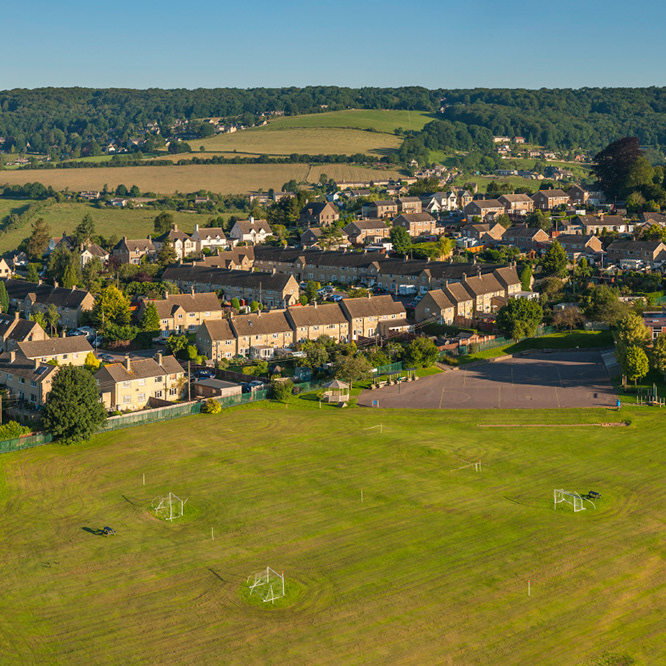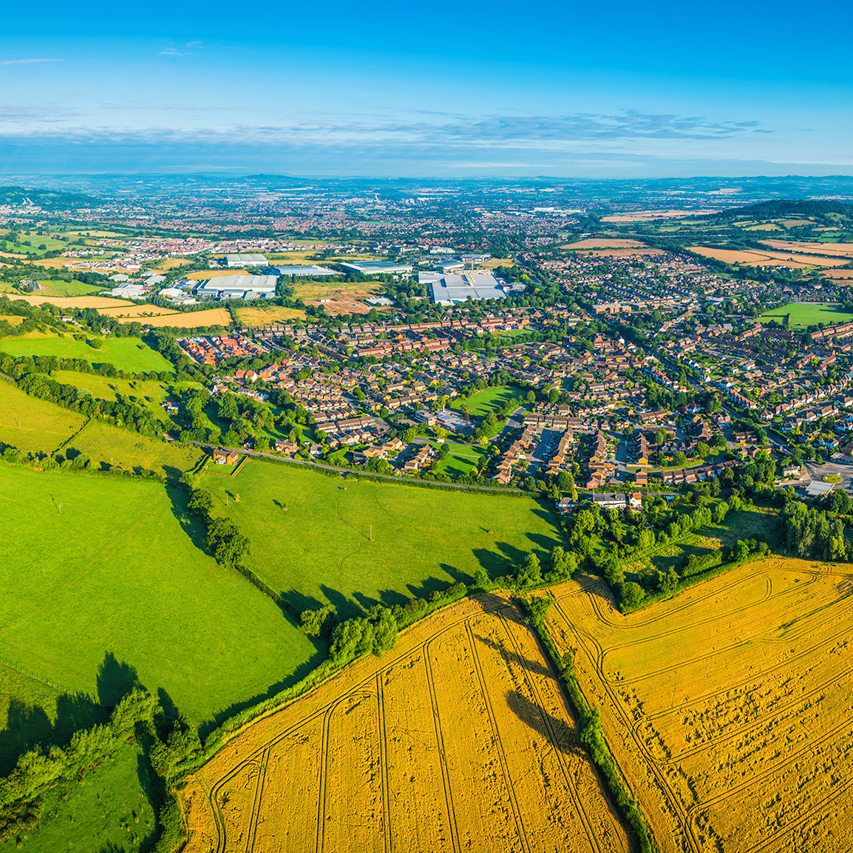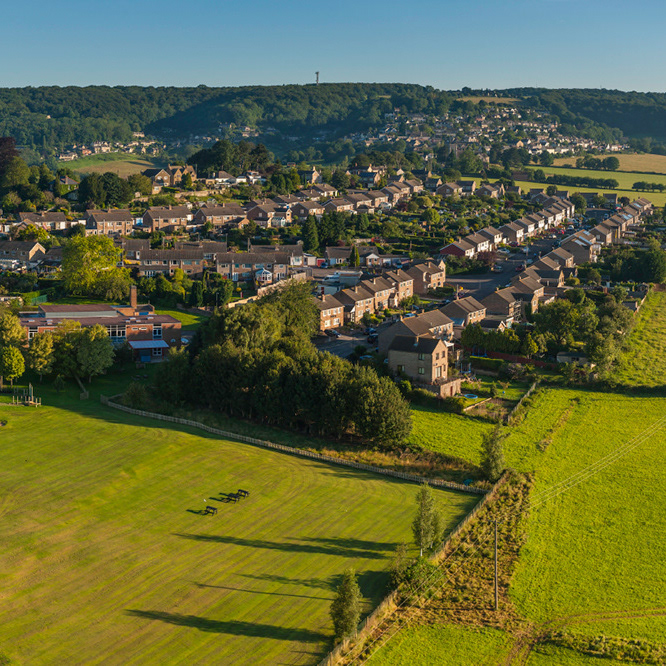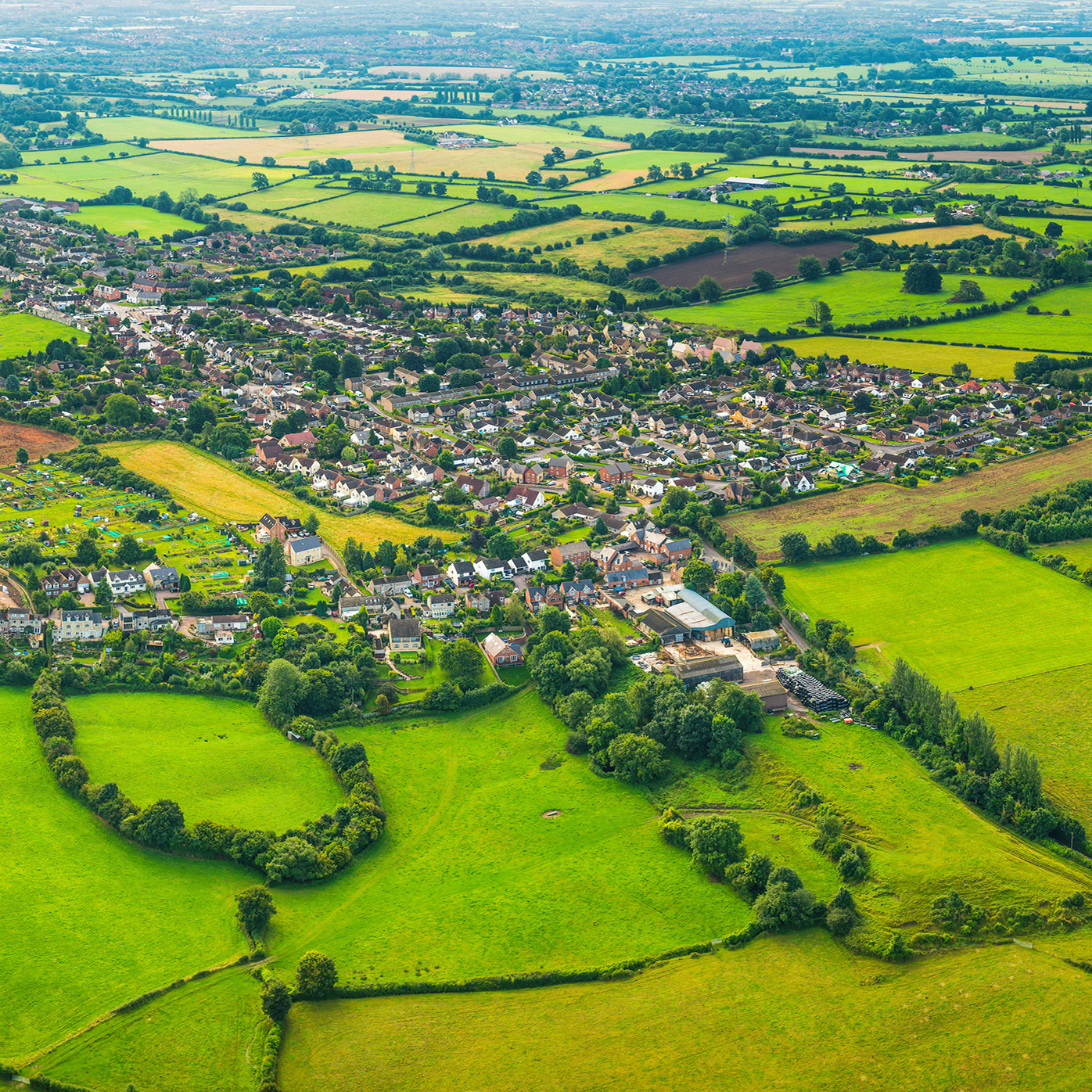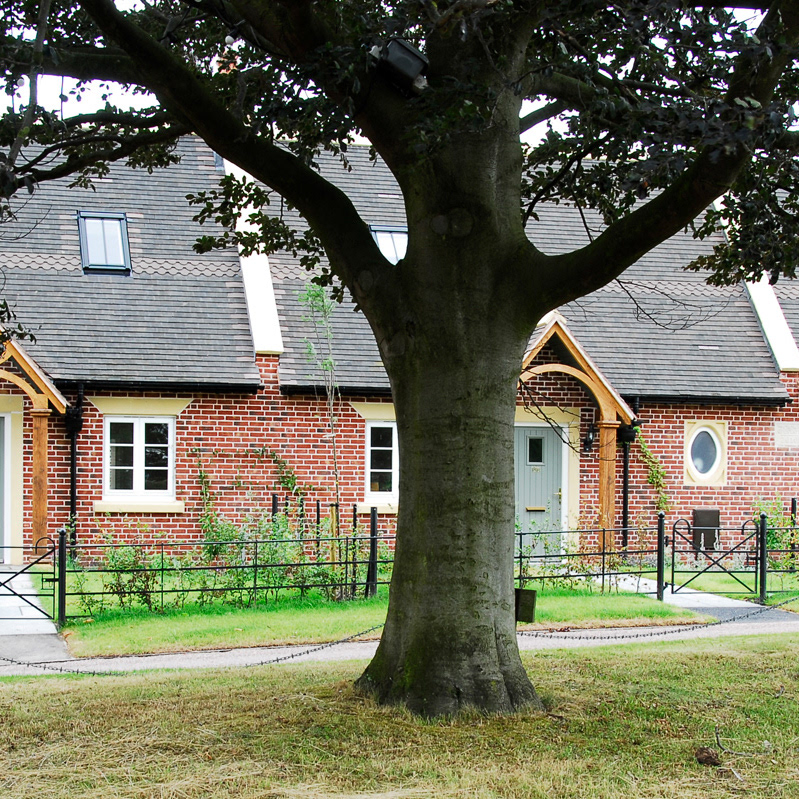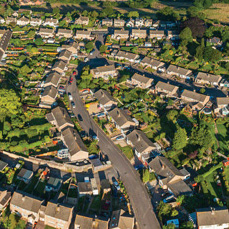The Environmental Bill should become law by the year end and this will offer real opportunities for landowners with land with little prospect of development but with potential for environmental enhancement. The Law will oblige developers to assess the biodiversity value of a site against a metric and to demonstrate that once developed, its biodiversity value has increased. If not, then they will have to compensate for this by either (a) providing off site land that can be environmentally enhanced or (b) buy government credits. Option (a) presents the opportunity for the rural landowner to provide its land to developers in return for payment and a commitment to:
1. The landowner will need to enter into a contract for at least 30 years for the site. This will be secured either by way of a S.106 Agreement or a Conservation Covenant.
2. Manage the site in accordance with pre-determined guidelines or allow a third party to do so.
The sum payable to the landowner will relate to the management works required and can be a capital sum and/or a management fee. In fact, biodiversity offsetting has been around for years. Representing a landowner/developer, I recall some ten years ago having to agree to pay an adjoining landowner for the use of its land to offset lost environmental land being used for a commercial development in Kent. In this case, the sum paid equated to more than the freehold agricultural value of the land – but it will no doubt depend on market forces.
Please contact Nick Harper at Hawkspur – nickharper@hawkspur.co.uk

